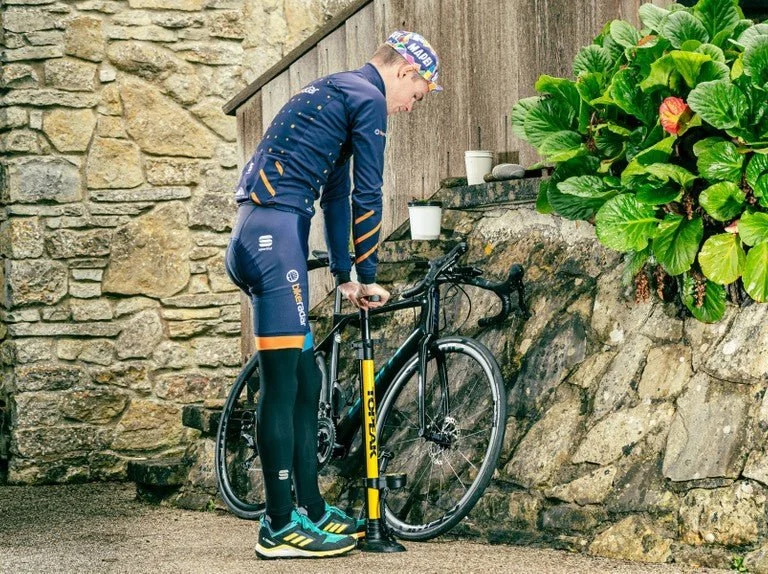
- Understanding-Tire-Pressure-and-Performance
- The-Science-Behind-Tire-Pressure
- Real-World-Examples-of-Performance-Impact
- How-to-Check-and-Maintain-Tire-Pressure
- Common-Mistakes-Riders-Make
- Choosing-the-Right-Tools-and-Guidance
1. Understanding Tire Pressure and Performance
Whether you are a casual rider or a competitive cyclist, tire pressure is one of the most overlooked factors that can significantly influence performance. Proper tire inflation affects speed, comfort, control, and even safety. Too much or too little air in your tires can change the entire riding experience. That’s why understanding why tire pressure matters for performance is essential for anyone who takes cycling seriously.
2. The Science Behind Tire Pressure
The relationship between tire pressure and performance lies in physics. Higher pressure reduces rolling resistance, allowing the bike to move faster on smooth roads. However, excessive pressure can decrease traction and make rides uncomfortable. On the other hand, lower pressure offers better grip and shock absorption, particularly on rough terrain, but it may also slow you down. The key is finding the balance that suits your weight, bike type, and riding surface.
2.1 Tire Pressure and Rider Weight
Heavier riders generally need higher tire pressure to avoid pinch flats, while lighter riders can afford slightly lower pressure for comfort. Ignoring this adjustment can lead to uneven tire wear or even safety issues. This is one reason why professional cyclists always personalize tire pressure before races.
3. Real World Examples of Performance Impact
During the Tour de France, cyclists often fine-tune their tire pressure depending on the stage. For flat sprints, higher pressure provides maximum speed, but for cobblestone sections, lower pressure helps maintain control. Even in everyday cycling, a commuter in Toronto who switched to properly adjusted tire pressure noticed a 15% improvement in commute times while also reducing fatigue. These examples highlight how tire pressure directly translates to real performance outcomes.
4. How to Check and Maintain Tire Pressure
Maintaining optimal tire pressure starts with regular checks. A quality pressure gauge is a must-have for any cyclist. Check your tires before every long ride and at least once a week for daily use. Remember that temperature changes also affect pressure—air expands in heat and contracts in cold, which is why Canadian cyclists often adjust their tire pressure seasonally.
4.1 Seasonal Adjustments
In winter, when roads are slick and surfaces uneven, slightly lower pressure improves traction. In summer, when roads are dry and smooth, higher pressure enhances efficiency. Paying attention to these changes ensures not only better performance but also improved safety on the road.
5. Common Mistakes Riders Make
One common mistake is assuming that the maximum pressure listed on the tire sidewall is the best setting. In reality, this number is only a guideline, and optimal performance usually comes from a lower, customized pressure. Another mistake is neglecting tire checks altogether, which can lead to poor handling, frequent flats, or even dangerous blowouts. Riders also often forget that front and rear tires may require different pressures due to weight distribution.
6. Choosing the Right Tools and Guidance
For anyone looking to optimize their cycling performance, investing in the right tools and professional guidance is key. At Cycling Guider, we provide not just the latest gear but also expert advice to help you understand how to get the most out of your rides. From high-quality pressure gauges to personalized recommendations, our resources ensure you can ride faster, safer, and more comfortably.



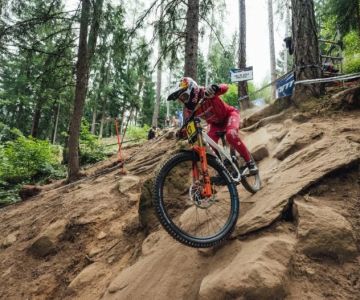

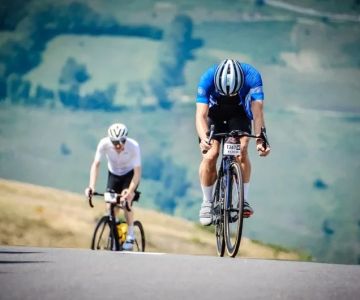
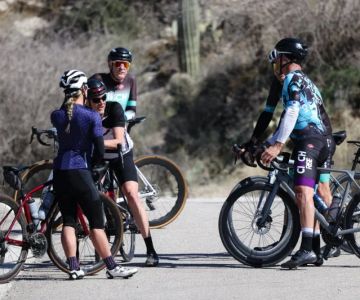
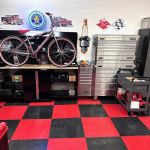 Billet BMX5.0 (2 reviews)
Billet BMX5.0 (2 reviews)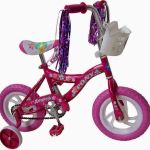 Far East Children Bicycle Factory1.0 (1 reviews)
Far East Children Bicycle Factory1.0 (1 reviews) Archer Motorsports, Inc.4.0 (8 reviews)
Archer Motorsports, Inc.4.0 (8 reviews) YEP Bike Works4.0 (55 reviews)
YEP Bike Works4.0 (55 reviews) Gorham Bike & Ski4.0 (498 reviews)
Gorham Bike & Ski4.0 (498 reviews)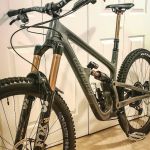 Alchemy Bikes4.0 (37 reviews)
Alchemy Bikes4.0 (37 reviews) How to Teach Kids to Ride a Bike: A Step-by-Step Guide for Parents
How to Teach Kids to Ride a Bike: A Step-by-Step Guide for Parents Tips for Riding on Busy City Streets: Smart Strategies for Urban Cyclists
Tips for Riding on Busy City Streets: Smart Strategies for Urban Cyclists Best US National Parks for Mountain Biking: Ride Epic Trails Across America
Best US National Parks for Mountain Biking: Ride Epic Trails Across America Best Aero Helmets for Time Trials and Racing
Best Aero Helmets for Time Trials and Racing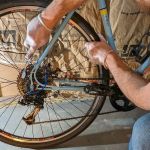 How to Clean and Lubricate Your Bike Chain Like a Pro
How to Clean and Lubricate Your Bike Chain Like a Pro 10 Must-Have Items for Long-Distance Cycling Trips
10 Must-Have Items for Long-Distance Cycling Trips